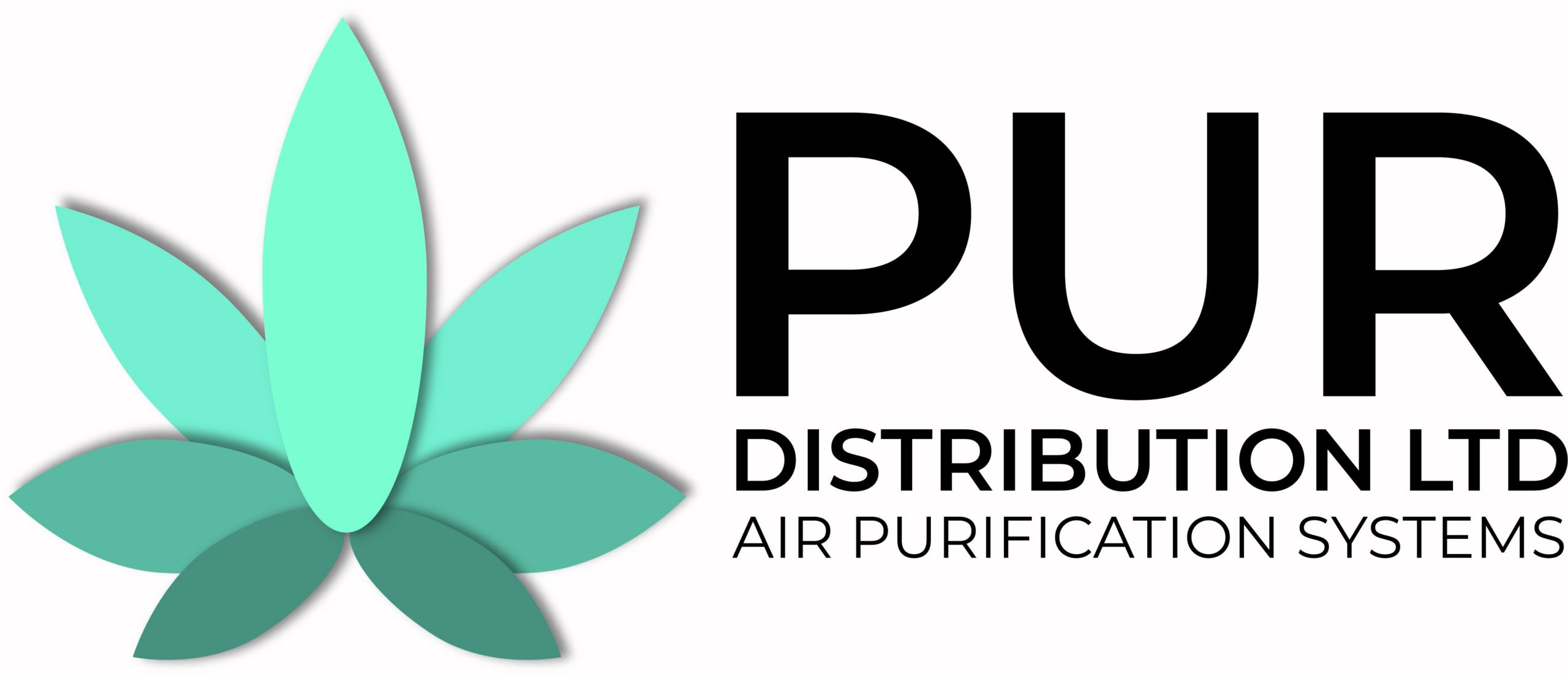WHAT IS A HEPA FILTER AND HOW DOES IT WORK?

What is a HEPA filter?
HEPA stands for High Efficiency Particulate Air. These types of filters are incredibly effective at capturing particles that are as small as 0.3 microns. That’s as small as 1/84,000 of an inch! HEPA filtration was developed back during World War II, to capture radioactive particles released during the creation of the atomic bomb.
HEPA filters are efficient at capturing almost every size of particle: from things like pet dander, pollen, mold, dust mites, dust mites, viruses and much, much more.
How are HEPA filters made?
HEPA filters are typically made of polypropylene (plastics) or fiberglass fibers that are tightly interwoven in various directions to create a web like system.

HEPA Filter 
A Closer look at a HEPA Filter
So what does 0.3 microns looks like?

Here is a list of common items to demonstrate by comparison:
- Bacteria: 1-10 microns
- Very Fine Sand: 65 microns
- Human Hair: 17-181 microns
- Dust Mites: 100-300 microns
- Pollen: 10-1000 microns
- Tobacco Smoke: 0.01-4 microns
- Viruses: 0.005-0.3 microns
How does a HEPA filter work?
The construction of the fibres is very important in HEPA filters. They do not work like a net or a sieve, capturing only greater than a specific size and allowing smaller ones to pass through. HEPA filters trap particles by sticking to a fiber through diffusion, interception or impaction. As a result large particles are either collected through electrostatic attraction or impaction, they simply cannot get through the fibres. In contrast small particles follow the flow of air through the filter and are intercepted as they stick to the fibres of the HEPA filter. The tiniest particles are captured through the process of diffusion which means that because they are so tiny and have so little mass, they get bounced around when they hit gas molecules and end up hitting the fibers of the HEPA filter and get stuck.
HEPA captures nearly 100% of the particulates in the air we breathe.
According to NASA, HEPA filters capture “virtually 100% of particulates”. To ensure that a HEPA filter is working efficiently, they should be checked and changed in a residential setting every 2-3 years. HEPA filters are the most important filters in any air purification system and failure to change them in a timely manner will result in putting stress on the unit/system and not removing particles from the air adequately. HEPA filters assure a very high level of protection against airborne disease transmission.

People often ask if HEPA filters can be vacuumed or washed. The short answer is NO. By doing so, the amount of air passing through the HEPA filter increases resulting in a huge decrease in particle capture. Either of these processes significantly decreases performance of these filters!
Call us or email us to learn more about HEPA filtration and our full line of PUR Distribution Air Purification Products.
EMAIL
info@purdistribution.com
PHONE
416.410.3450
ADDRESS
151 Applewood Crescent
Unit 18
Concord, Ontario
L4K 4E3






